
Contacts:
Phone: (727) 822–9208
Fax: (727) 822–9211
StPeteUrology@gmail.com
ST PETE UROLOGY IS FIRST TO OFFER NEW MEDICAL TECHNOLOGY FROM MEDTRONIC TO TREAT PEOPLE SUFFERING FROM INCONTINENCE
The New FDA Approved InterStim™ Micro is the Smallest and Fastest Rechargeable Bladder and Bowel Control System with Conditional Full-Body MRI
Full-Body MRI Conditional InterStim™ II and InterStim™ Micro Systems Give Patients a Choice Between Sacral Neuromodulation Devices to Suit Their Lifestyle
ST PETERSBURG, FL – JUNE 28, 2021 – St Pete Urology is one of the only medical providers in St. Petersburg, FL to offer new solutions to the millions of people who suffer from incontinence thanks to technology advancements from Medtronic — the world’s leading provider of therapy for bladder and bowel control issues.
More than 37 million adults in the United States – almost one in six – suffer from overactive bladder (OAB) and nearly 18 million Americans – about one in 12 – have fecal incontinence (FI).1-4 It is life-altering because many sufferers limit their lives socially, professionally, and personally,5 but it is treatable. The new InterStim™ II and InterStim Micro systems provide patients with safe, effective relief from OAB and FI. The InterStim™ II recharge-free system offers patients freedom from a recharging routine, the hassle of recharging components, and a reminder they have a disease. The rechargeable InterStim™ Micro system, the smallest device available in the sacral neuromodulation (SNM) market, benefits patients who want a smaller, longer lasting device. Both systems are full-body* conditional MRI and deliver the same therapy with long-term relief.
“Effective long-term bladder and bowel control is an unmet medical need by many in the St. Petersburg area who experience regular accidents and/or frequency issues associated with OAB and FI. It can significantly impact all aspects of a person’s quality of life – self-confidence, exercise, activities and even intimacy,” said Adam Oppenheim, DO. “By partnering with Medtronic, the trusted leader in SNM therapy, my goal is to help give patients a life without limits.”
Known as sacral neuromodulation (SNM), the therapy is delivered by the InterStim™ system – an implanted medical device that provides gentle stimulation to the sacral nerve and is thought to normalize the brain-bladder connection to alleviate symptoms. Medtronic developed SNM therapy more than 25 years ago in partnership with physicians who specialize in treating incontinence. Recent technology advancements from Medtronic now gives patients lifestyle-friendly choices in the type of InterStim system they choose; improved battery technology; conditional full-body MRI; and the smallest and fastest charging device on the SNM market.
“I must say, I was very impressed with EVERY aspect of my visit with Dr. Oppenheim. His knowledge goes without saying. Top notch. I was taken aback, though, by his patience and kindness. He took the time to listen patiently to the questions I had. I didn’t feel rushed. He answered those questions in a way that was very easy for me to understand. The staff that I encountered were friendly and assistive. I was also glad that any procedures/tests that he recommended I need are done right there at the office, not a hospital. His office and the building in which it’s in is very easy to find. Overall, a great experience. Should the need arise for anyone I know to need a urologist, I’m definitely recommending Dr. Oppenheim and his staff.”
“For much too long, my life revolved around where I would find the next bathroom,” said Wes Linkovich. “I’m so glad I finally sought help and was open-minded about sacral neuromodulation. My therapy fits well with my lifestyle and, finally, I can focus on the things I love. To anyone suffering in silence, please ask your doctor or urologist about the InterStim™ system from Medtronic. I wish I done this sooner.”
Not every patient receives the same benefit, and there are potential risks, which may include surgical, device and stimulation risks.6 St Pete Urology will explain the benefits and risks and help each patient find their best treatment.
About St Pete Urology
Drs. Reid Graves, Nicholas Laryngakis and Adam Oppenheim are dedicated to serving the urological needs of the Tampa Bay and surrounding communities. We strive to provide state-of-the-art diagnosis and treatment and believe in rendering the least invasive, most efficacious treatment of urological disorders in a kind, empathetic, manner. We treat each patient as a partner in his or her medical care and make patient education a central component of our care. Because many urological conditions are accompanied by social discomfort or embarrassment, we emphasize sensitivity and discretion when dealing with all of our patients’ concern
-end-
*Under certain conditions; see approved labeling for details. Patients with InterStim™ SureScan™ MRI leads only
References:
- Stewart WF, et al. Prevalence and burden of overactive bladder in the United States. World J Urol. 2003 May;20(6):327-336.
- United Nations, Department of Economic and Social A airs, Population Division (2011). World Population Prospects: The 2010 Revision, CD-ROM Edition.
- United States Quick Facts. United States Census Bureau Web site. Available at: https:// www.census.gov/quickfacts/table/ PST045215/00. Accessed July 19, 2016.
- Whitehead WE, Borrud L, Goode PS, et al. Fecal Incontinence in US adults: epidemiology and risk factors. Gastroenterology. 2009;137(2):512- 517.
- Dmochowski RR, Newman DK. Impact of overactive bladder on women in the United States: results of a national survey. Current Medical Research and Opinion. 2007;23:65-76.
- Link to Important Safety Information

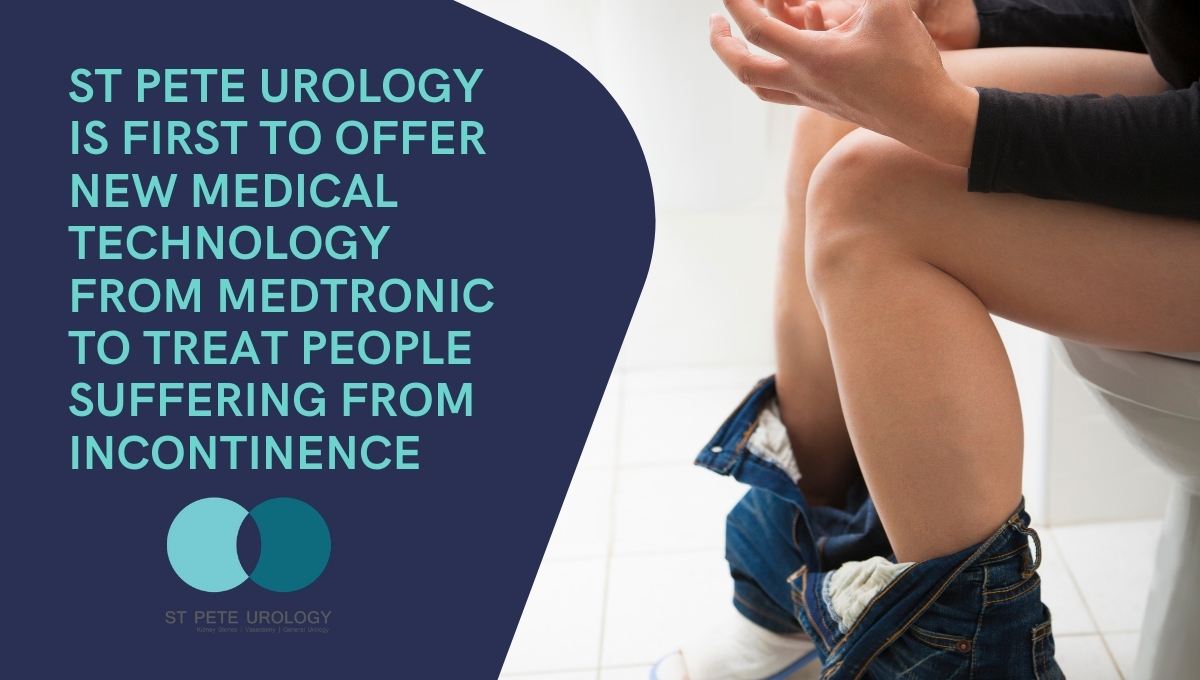

 The occasional inability to have an erection that is firm enough for sexual intercourse is normal. However, when the problem persists for a while, it points to a deeper issue that should be addressed immediately. Without treatment, ED can make sexual intercourse impossible.
The occasional inability to have an erection that is firm enough for sexual intercourse is normal. However, when the problem persists for a while, it points to a deeper issue that should be addressed immediately. Without treatment, ED can make sexual intercourse impossible.

 Kidneys play a significant role in the overall health of the body. They filter out waste products from blood and send them out of the body as waste through urine. The kidneys also balance fluid and electrolyte levels in the body while making hormones that regulate the function of other organs of your body. But to keep your kidneys healthy, you need to watch what you eat and drink because some foods boost the performance of the kidneys while others stress, degrade and damage them.
Kidneys play a significant role in the overall health of the body. They filter out waste products from blood and send them out of the body as waste through urine. The kidneys also balance fluid and electrolyte levels in the body while making hormones that regulate the function of other organs of your body. But to keep your kidneys healthy, you need to watch what you eat and drink because some foods boost the performance of the kidneys while others stress, degrade and damage them.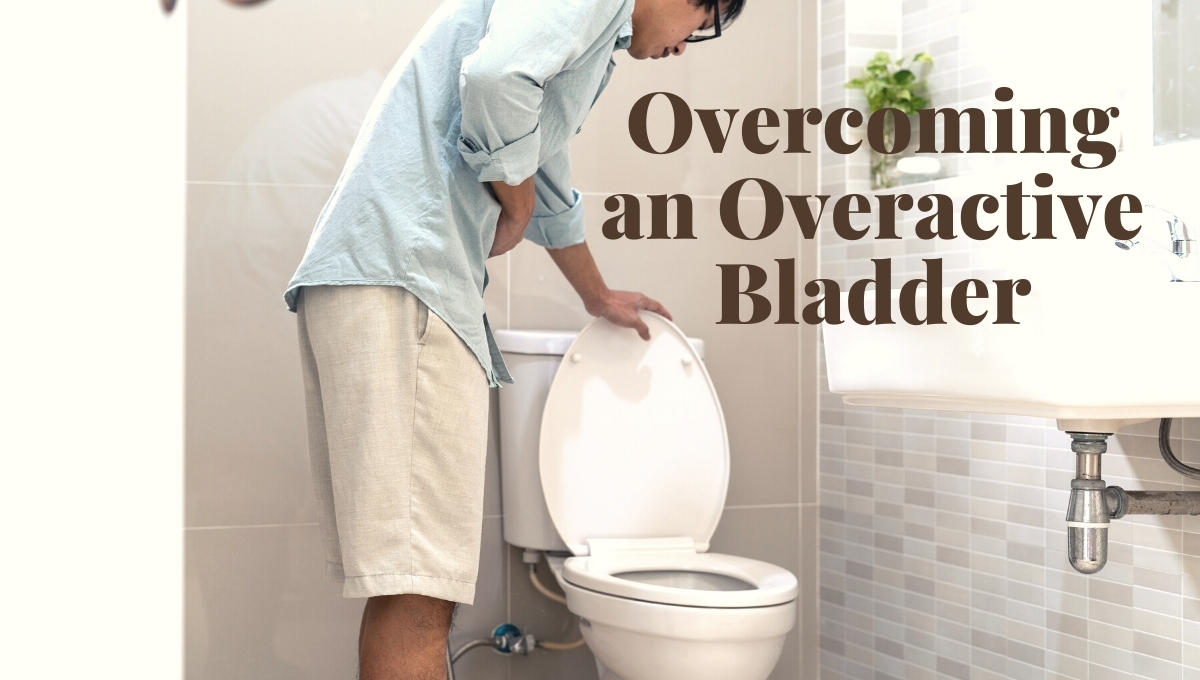
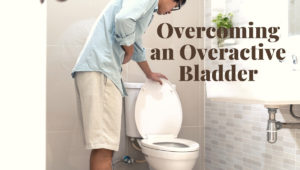 Overactive bladder (OAB) is an uncomfortable and stressful condition. Characterized by a sudden involuntary bladder contraction that triggers a compelling urge to pass urine, OAB may lead to urine leakage or the need to pass urine several times during the day or night. As a result, having an overactive bladder makes it difficult to go through the day without several visits to the bathroom.
Overactive bladder (OAB) is an uncomfortable and stressful condition. Characterized by a sudden involuntary bladder contraction that triggers a compelling urge to pass urine, OAB may lead to urine leakage or the need to pass urine several times during the day or night. As a result, having an overactive bladder makes it difficult to go through the day without several visits to the bathroom.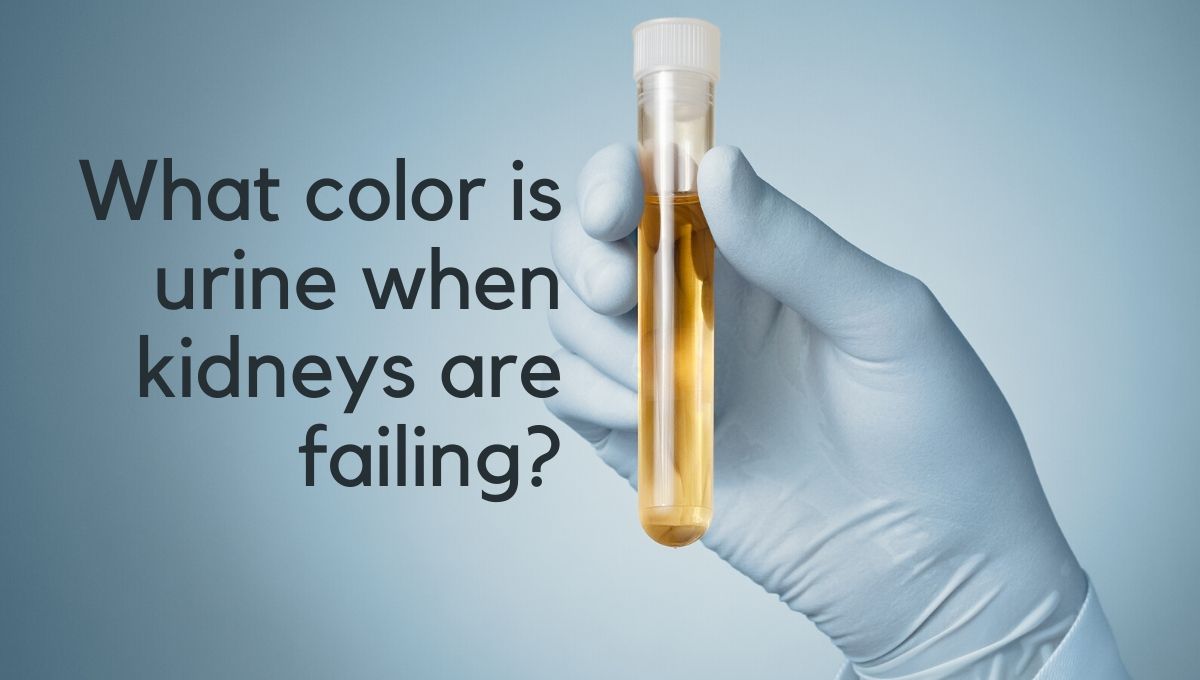
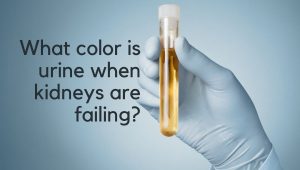 Kidney failure is a condition in which one or both kidneys can no longer work on their own. It may be due to an acute injury to the kidneys or a chronic disease that gradually causes them to stop functioning. When kidneys are healthy, they clean the blood by removing excess fluid, minerals and wastes. But when they are failing, harmful wastes build up in the body and excess fluid is retained, changing the appearance, amount and number of times urine is passed.
Kidney failure is a condition in which one or both kidneys can no longer work on their own. It may be due to an acute injury to the kidneys or a chronic disease that gradually causes them to stop functioning. When kidneys are healthy, they clean the blood by removing excess fluid, minerals and wastes. But when they are failing, harmful wastes build up in the body and excess fluid is retained, changing the appearance, amount and number of times urine is passed.
 Erectile dysfunction (ED) is the inability to get or keep an erection that is strong enough for satisfactory sexual intercourse. That means even if you have no problem getting an erection, you could still have early stage erectile dysfunction if you are not able to achieve sexual satisfaction.
Erectile dysfunction (ED) is the inability to get or keep an erection that is strong enough for satisfactory sexual intercourse. That means even if you have no problem getting an erection, you could still have early stage erectile dysfunction if you are not able to achieve sexual satisfaction.